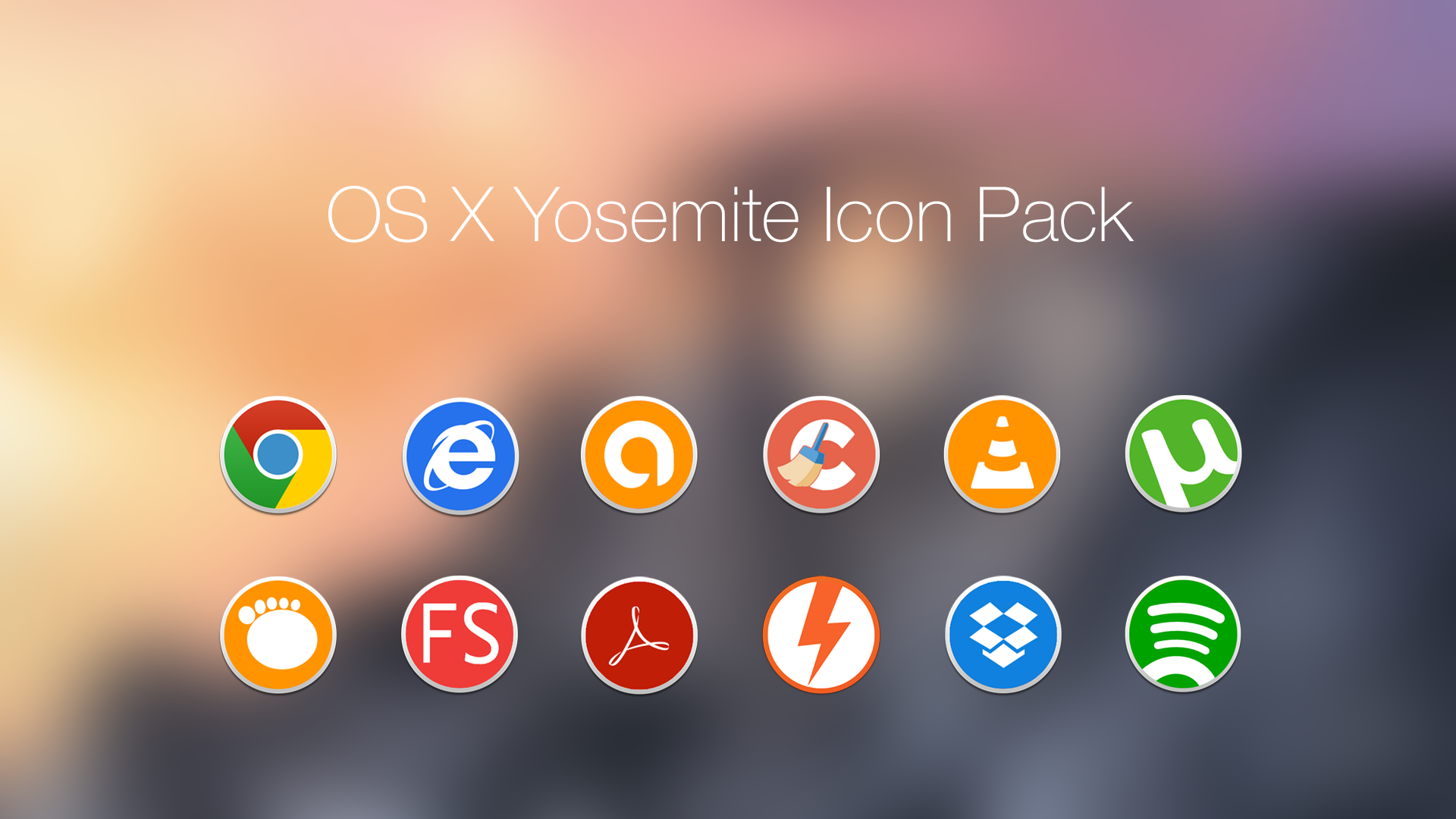| #!/usr/bin/env sh |
| # IN Mac OS X Mavericks 10.9.1 to create bootable ISO for Mac OS X Yosemite 10.10.0 |
| # ************************************************************** |
| # Install OS X Mavericks.app > Bootable_OS_X_Yosemite_10.10.0.iso |
| # ************************************************************** |
| # hdiutil attach Install OS X Yosemite.app.dmg |
| # Mount the installer image |
| # cd /Volumes/Установка OS X Yosemite/Install OS X Yosemite.app/Contents/SharedSupport/ |
| cd /Applications/Install OS X Yosemite.app/Contents/SharedSupport |
| hdiutil attach InstallESD.dmg -noverify -nobrowse -mountpoint /Volumes/install_app |
| # Convert the boot image to a sparse bundle |
| hdiutil convert /Volumes/install_app/BaseSystem.dmg -format UDSP -o /tmp/Yosemite |
| # Increase the sparse bundle capacity to accommodate the packages |
| hdiutil resize -size 8g /tmp/Yosemite.sparseimage |
| # Mount the sparse bundle for package addition |
| hdiutil attach /tmp/Yosemite.sparseimage -noverify -nobrowse -mountpoint /Volumes/install_build |
| # Remove Package link and replace with actual files |
| rm /Volumes/install_build/System/Installation/Packages |
| cp -rp /Volumes/install_app/Packages /Volumes/install_build/System/Installation/ |
| # fix Mac OS X Yosemite Undefined error : 0 |
| defaults write com.apple.finder AppleShowAllFiles TRUE |
| killall Finder |
| # You need to copy [the hidden] BaseSystem.dmg and BaseSystem.chunklist to the root of your install USB. |
| # COPY THIS TWO FILES (It is the solution for the common error - The operation couldn't be completed. Undefined error: 0) |
| cp /Volumes/install_app/BaseSystem.chunklist /Volumes/install_build/BaseSystem.chunklist |
| cp /Volumes/install_app/BaseSystem.dmg /Volumes/install_build/BaseSystem.dmg |
| # Unmount the installer image |
| hdiutil detach /Volumes/install_app |
| # Unmount the sparse bundle |
| hdiutil detach /Volumes/install_build |
| # Resize the partition in the sparse bundle to remove any free space |
| hdiutil resize -size `hdiutil resize -limits /tmp/Yosemite.sparseimage | tail -n 1 | awk '{ print $1 }'`b /tmp/Yosemite.sparseimage |
| # Convert the sparse bundle to ISO/CD master |
| hdiutil convert /tmp/Yosemite.sparseimage -format UDTO -o /tmp/Yosemite |
| # Remove the sparse bundle |
| rm /tmp/Yosemite.sparseimage |
| # Rename the ISO and move it to the desktop |
| mv /tmp/Yosemite.cdr ~/Yosemite.iso |
| cp ~/Yosemite.iso /Volumes/VMware Shared Folders/Downloads/Bootable_OS_X_Yosemite_10.10.0.iso |
Os X Yosemite Dmg
OS X Yosemite (/ joʊˈsɛmɪtiː / yoh-SEM-it-ee) (version 10.10) is the eleventh major release of OS X (now named macOS), Apple Inc. 's desktop and server operating system for Macintosh computers. OS X Yosemite was announced and released to developers on June 2, 2014, at WWDC 2014 and released to public beta testers on July 24, 2014. Apple released the new Mac OS X 10.10 Yosemite in the Mac App Store for everyone to download and install for free on October 16th, 2014, but downloading a 5+ GB file for each of your computers will take some serious time. The best thing to do is download it once and create a bootable install USB drive from the file for all of your Macs.
commented Sep 7, 2020
Apple released OS X Yosemite to the masses on Thursday as a free upgrade, so plenty of users are likely already busy preparing to install the new operating system.
As with OS X Lion, OS X Mountain Lion and OS X Mavericks, Apple makes it easy for users to install the upgrade by downloading Yosemite from the App Store and running the installer.
See also: OS X Yosemite Review: An Equal Partner for iOS 8
Os X Yosemite Disc

For most users, this is the best way to upgrade because it keeps your data and existing programs intact. 2011 mac update. However, perhaps you don't want to do a regular OS upgrade, or maybe you need to install Yosemite on a machine that doesn't already have OS X installed. For those users, the best bet is to do a clean installation, erasing the hard disk and installing from scratch.
It's possible to do a clean install of OS X Yosemite on your Mac — or on a new hard drive, if you're upgrading or repairing your Mac — but it takes a bit of work.
If you went through the clean install process last year, these instructions will look familiar. With a bit of time, it's relatively easy to create a bootable copy of OS X Yosemite that you can run from a USB stick or other drive.
Note: A clean install will erase all of the contents on your disk drive. Make sure to back up your important files, settings and apps before proceeding.
After the Install
After installing OS X Yosemite, you can start restoring your programs and settings using either a Time Machine backup or Migration Assistant.
Os X Yosemite Download Pc
Image: Apple; Lion DiskMaker
